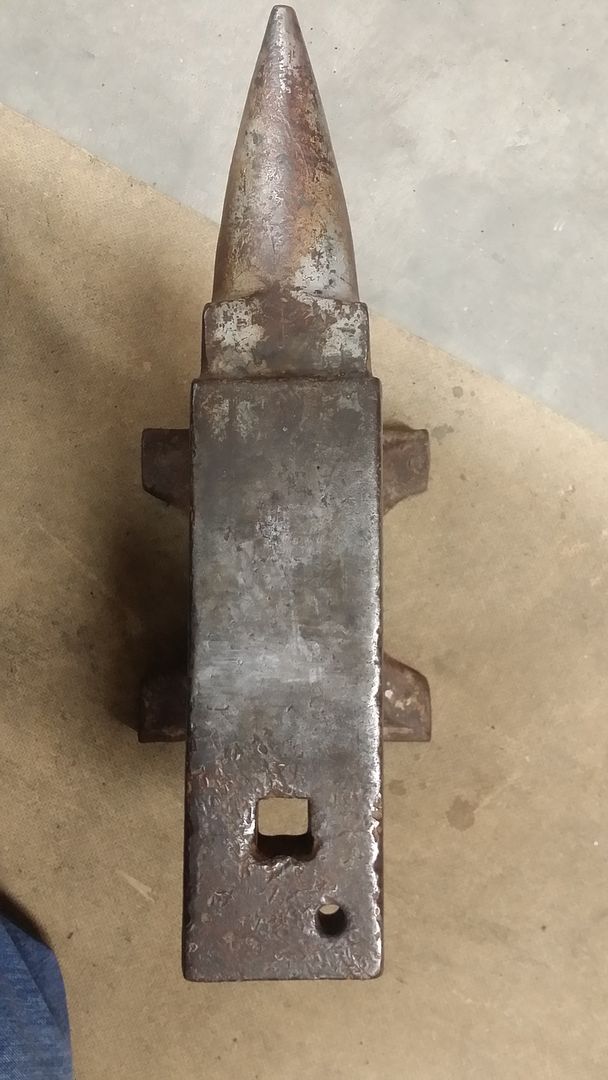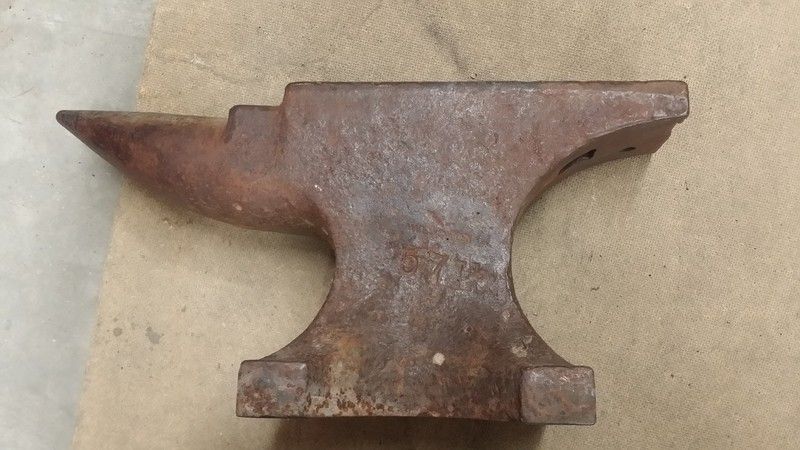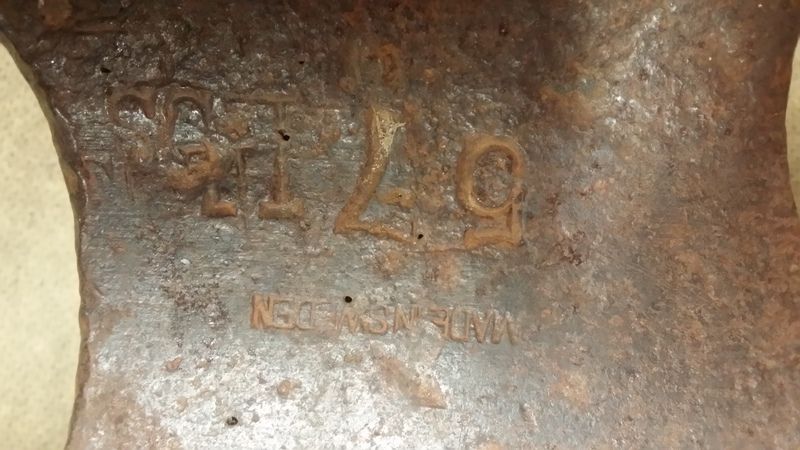Re: Blacksmithing and forging
There's been a lot of info on stuff like spring material and axle shafts posted up over on Iforgeiron. Assuming you can get on ( I have had issues for the last three days) there's a ton of discussion to read on these subjects.
Breaker points are good tough steel that can be found fairly easily. Talk to any rental center and see if they have any broken point you can have or if they will save some for you. Axle shafts are also often suggested as a good tough steel. Files are often good HC steel, but some are just case hardened. They make an interesting texture on things like lizards and snakes. Coil springs make good punch and drift stock, leaf springs can give you a good high carbon steel as well. One thing to remember with used springs is that they can often have a lot of minor cracks in them from fatigue, especially if they broke thus requiring replacement.
Keep in mind that every manufacturer may use something different for similar items, or even across product lines. That means each time you get something new, you may have to start over doing tests to heat treat properly. In the long run if it's important, it may be better to simply buy known stock for which heat treating info is readily available vs risking unknown scrap. I've seen plenty of guys go thru a lot of effort only to have things fail either due to unknown flaws or a bad heat treat. At that point known steel would have been a lot cheaper in the long run.
"reused" steel can be beneficial when you want the origin to be visible. RR spikes aren't great steel for say knives, but many people like them simply because they know what it once was. Same goes with horse shoes, files, bolts, rebar and all kinds of other things. Tomorrow if I feel better I have someone who wants me to make a few bottle openers. They want at least one with a twist, so that's on the list, I'll probably also do at least one using some #8 rebar I have and leave most of the opener as is so it's easy to see what it once was.
Wrought iron just about HAS to be reused stock. They aren't making it in any quantity any more. It has a number of interesting properties that make it useful for projects. #1 is the fact that it rusts down to a certain point and then pretty much stops making it great for outdoor projects. The texture of the stock when heavily rusted also makes it good for things like snakes and so on. Included in Damascus billets, it gives you a nice dark contrast to other steels and is in great demand for this sort of stuff. I'd squirrel away any you can get your hands on. Most being sold commercially today is reclaimed stock from bolts from old factory trusses or bridge beams and tension bars. Some is reforged down to more usable sizes, others are sold as is. If you can find real wrought iron fence stock, it's usually of a size that is easy to use and work and in high demand.
Keep in mind material for tooling, hardies, hammer heads and so on doesn't really need to be "hard" just tough. 4140 is a good choice in new stock. Things like punches, drifts and chisels used for hot work often benefit from stock that remains hard/tough at high temps like S7 or H13. I've seen a hammer eye punch made from S7,used on a power hammer come out of the hammer stock glowing red, but the edge of the punch was still crisp and "sharp" even at that heat and having been driven thru almost 2" of hot 4140.
.
No government ever voluntarily reduces itself in size. Government programs, once launched, never disappear. Actually, a government bureau is the nearest thing to eternal life we'll ever see on this earth!
Ronald Reagan





 Reply
Reply





 I buy sometimes when I want it to.
I buy sometimes when I want it to. 




